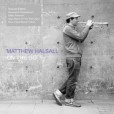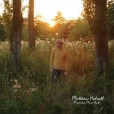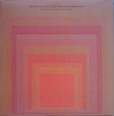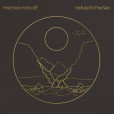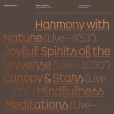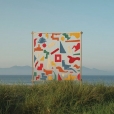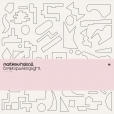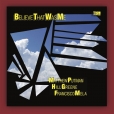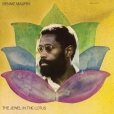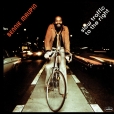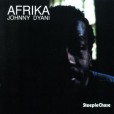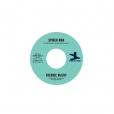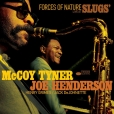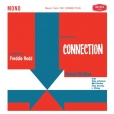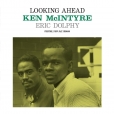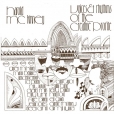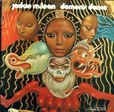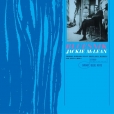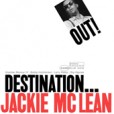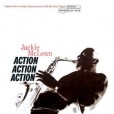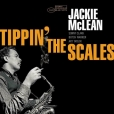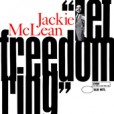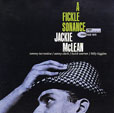Your basket is empty

‘A more selfless album is hard to imagine,’ according to Down Beat in 1975. ‘The sound is supreme, and all the players strive to achieve a thorough blending.’ Recorded in New York in 1974, the disc’s personnel is drawn from the circle around Herbie Hancock in the period, but the music has a character all its own.
‘A classic of 1970s spiritual jazz, and as much as any recording on Strata East or Black Jazz, Maupin’s ECM offering is a wonder of arrangement and composition with gorgeous ensemble play, long yet sparse passages, space, and genuine strangeness. Maupin plays all of his reeds and flute in addition to glockenspiel here; Summers’ percussion effects include a water-filled garbage can. The two drummers swirling around in different channels don’t ever play the same thing, but counter and complement one another. And Hancock plays some of the most truly Spartan and lyrically modal piano in his career here… This album sounds as timeless and adventurous in the present as the day it was released’ (AllMusic).
‘Luminessence Series.’
That’s Maupin on Bitches Brew, and Lee Morgan’s Live At The Lighthouse, and Head Hunters. He co-wrote Chameleon. From 1977, this is killer fusion in the same dazzling tradition — as confirmed by transformative readings of two classics by the Mwandishi sextet, Quasar and Water Torture, from the LP Crossings. We’re in the same neck of the woods as Eddie Henderson’s two deadly Blue Notes around this time — Sunburst and Heritage — and the great trumpeter is here. Also Patrice Rushen, who plays a blinder: check her out on the opener. Pat Gleeson, who introduced Herbie to synths, Head Hunters mainstay Paul Jackson, Blackbyrd McKnight, from Flood and Man-Child…
‘A never-before-issued live recording of McCoy Tyner and Joe Henderson leading a stellar quartet with bassist Henry Grimes and drummer Jack DeJohnette at the hallowed lost jazz shrine Slugs’ Saloon in New York City in 1966. Recorded by the legendary engineer Orville O’Brien — behind classic 1960s jazz albums such as Freddie Hubbard’s The Night of the Cookers and Alice Coltrane’s Journey to Satchidananda — the tape has been in DeJohnette’s personal archives for nearly 60 years.’
Scorcher. Crucial Jackie Mac, with Pete La Roca also on top form.
‘Classic Vinyl Series.’
Recorded between Let Freedom Ring and One Step Beyond, it’s presumably the laidback presence of HJ hero Sonny Clark — who also contributes half the compositions — which tips the scales away from JM’s more screwface, outward-bound trajectory, towards good-old-fashioned, limber, bluesy hard bop. Though a throwback, cancelled at the time (and shelved for twenty years), it’s downright classic Blue Note now.
The rivetingly lucid, acrobatic expression of raw emotion characteristic of this altoist, fronting the same unit which had recently recorded Sonny Clark’s masterpiece Leapin’ And Lopin’, including Tommy Turrentine, Butch Warren and Billy Higgins.
Supposedly Clark came across the music of the opener knocking around Monk’s apartment. Amongst five JM originals, the title track shows how hard bop was too hip to sit still or look back. Sundu is a tasty Clark blues.
The more expensive new LP is in the all-analogue Blue Note 80 Vinyl series.

